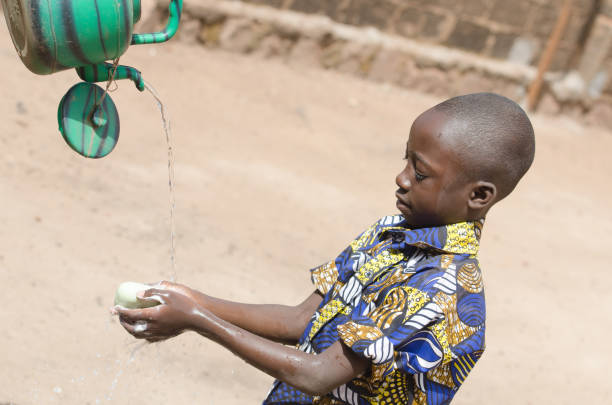Mali is a country located in the Sahel region of West Africa. Mali is the eighth-largest country in Africa, with a population of 19.8 million people. The country is one of the poorest in the world, with an estimated Gross Domestic Product per capita of $750. Despite the country’s low income, Mali has made great strides in improving its health care system over the last 30 years. In this article, we will look at the current state of healthcare in Mali, its challenges, and some of the progress that has been made.
Health Care Access in Mali
In Mali, access to healthcare is still a challenge. Health care coverage is limited in the rural and remote areas, where the majority of the population lives. Out-of-pocket payments constitute the main source of health care financing, a situation which is especially challenging for the poor. It has been estimated that only 40% of the population has access to healthcare. Moreover, only 55% of children receive the recommended vaccinations, and only 62% of women attend childbirth with a skilled health worker.
Health Care Infrastructure in Mali
The healthcare infrastructure in Mali is still deficient. There are only two hospitals providing secondary care: the University Hospital Center of Point G and the Centre Hospitalier National de Bamako. There are also several health centers which provide primary care services. The infrastructure and the quality of care provided need improvement. For instance, there is a lack of facilities to treat serious health problems like cancer.
Health Care Budget in Mali
The government of Mali spends around 5.5% of its Gross Domestic Product (GDP) on healthcare. This percentage is below the international benchmark of 5-10%, and only about a third of the total is allocated to public healthcare services. The country has been working on a plan to reduce health expenditures by using performance-based financing and privatizing a number of health services, but this plan has not yet been implemented.
Health Care Challenges in Mali
Access to healthcare is not the only challenge in Mali. Health care infrastructure, the quality of the health care provided, and the overall health system need improvement. The government subsidizes some of the health care services, but this is not enough to give everyone in the country easy access to healthcare. Moreover, the country has high rates of maternal and infant mortality, and there is a need for better health education in order to decrease these figures.
Progress in Healthcare in Mali
Despite the challenges, there has been progres in the healthcare system in Mali over the past 30 years. Health expenditure per capita has increased from a small amount in 1990 to $35 per capita in 2017. Mali has also started rolling out a universal health coverage plan in 2013 and has been increasing the number of physicians and nurses stationed in rural areas. In addition, the country has invested in the construction of health centres and is implementing a system of performance-based financing, which aims to ensure better access and quality of health care.
Conclusion
Mali still faces a number of challenges when it comes to the provision of health care services. Access to care and the quality of care are still limited in some areas. Moreover, the country’s health care budget has not been sufficient to provide adequate healthcare to all its citizens. Nevertheless, there has been progress, as the government has been increasing its health expenditures and investing in health infrastructure. The universal health coverage plan should also help improve access to care. With these measures, it is hoped that the health care system in Mali will continue to improve and that the population’s health will benefit from it.
